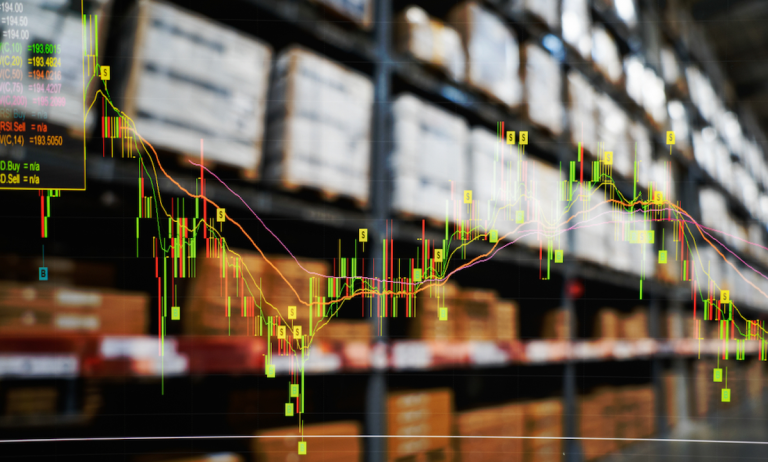
The Producer Price Index (PPI) was unchanged in September after rising 0.2% in August.
The PPI, which measures wholesale prices, saw a 0.2% increase in the index for final demand services offset a 0.2% decline in prices for final demand goods, the Bureau of Labor Statistics (BLS) said in a Friday (Oct. 11) press release.
The flat reading in the index was lower than the 0.1% gain expected by economists surveyed by Dow Jones, CNBC reported Friday. The report noted that the measure signaled a continued easing in inflation.
Economists polled by Reuters, too, expected a 0.1% increase in the PPI for September. The lower-than-expected reading pointed to a favorable inflation outlook and supported views that the Federal Reserve will cut interest rates again, Reuters reported Friday.
September’s advance in prices for final demand services was led by the index for deposit services (partial), which saw a 3.0% increase, according to the BLS press release. Other indexes that rose were those for machinery and vehicle wholesaling, furniture retailing, desktop and portable device application software publishing, apparel wholesaling and airline passenger servicing.
The month’s decline in prices for final demand goods was driven by the index for gasoline, which dropped 5.6%, the release said. There were also declines in prices for diesel fuel, jet fuel, chicken eggs, home heating oil, and plastic resins and materials.
For the 12 months ended in September, on an unadjusted basis, the index for final demand rose 1.8%, per the release.
The PPI measures wholesale prices, meaning some of the input costs that are tied to the day-to-day cost for merchants and other businesses. Generally speaking, changes in the wholesale prices lead to changes in the Consumer Price Index (CPI) down the line.
The release of the September PPI data came a day after the BLS released a CPI that reflected an overall slowing pace of inflation — on an annualized basis — though the 0.2% month-over-month increase was “hotter” than some expected.
The report showed that the annualized pace of inflation slowed to 2.4% from the summer reading of 2.5%, making it the lowest rate since the darkest days of the pandemic.